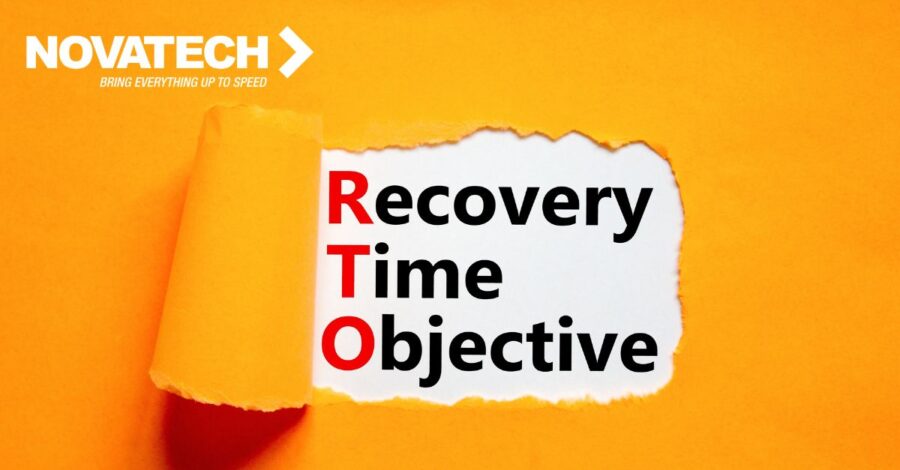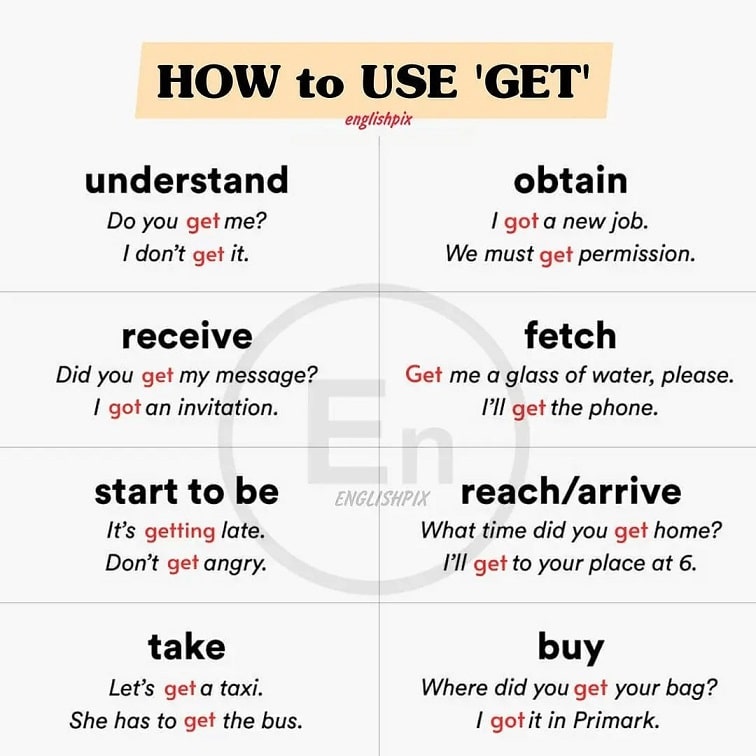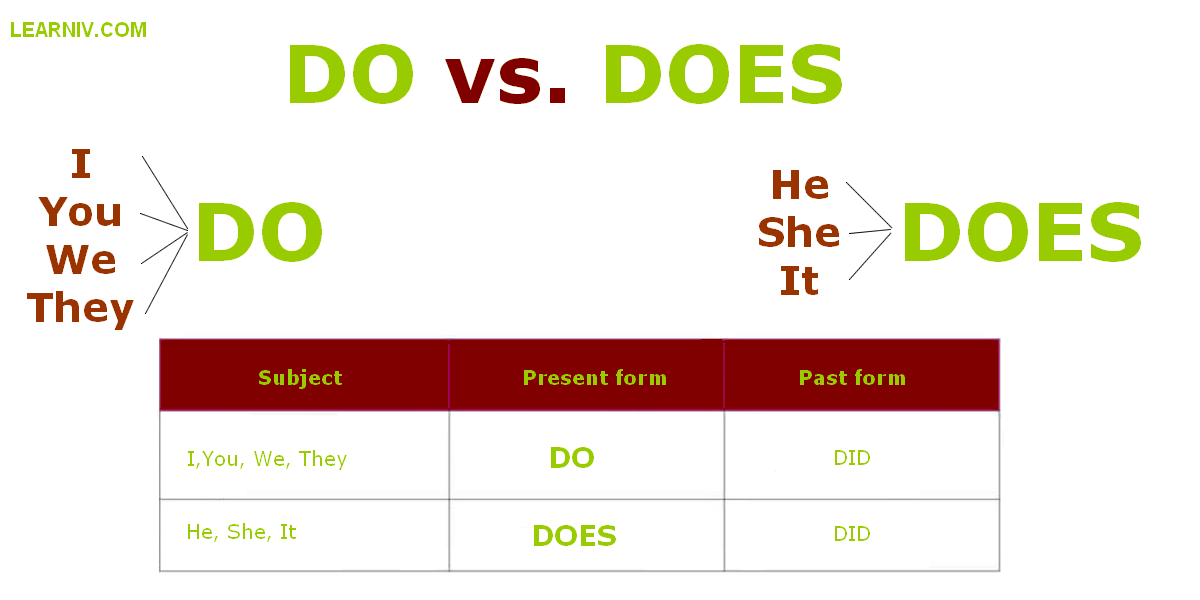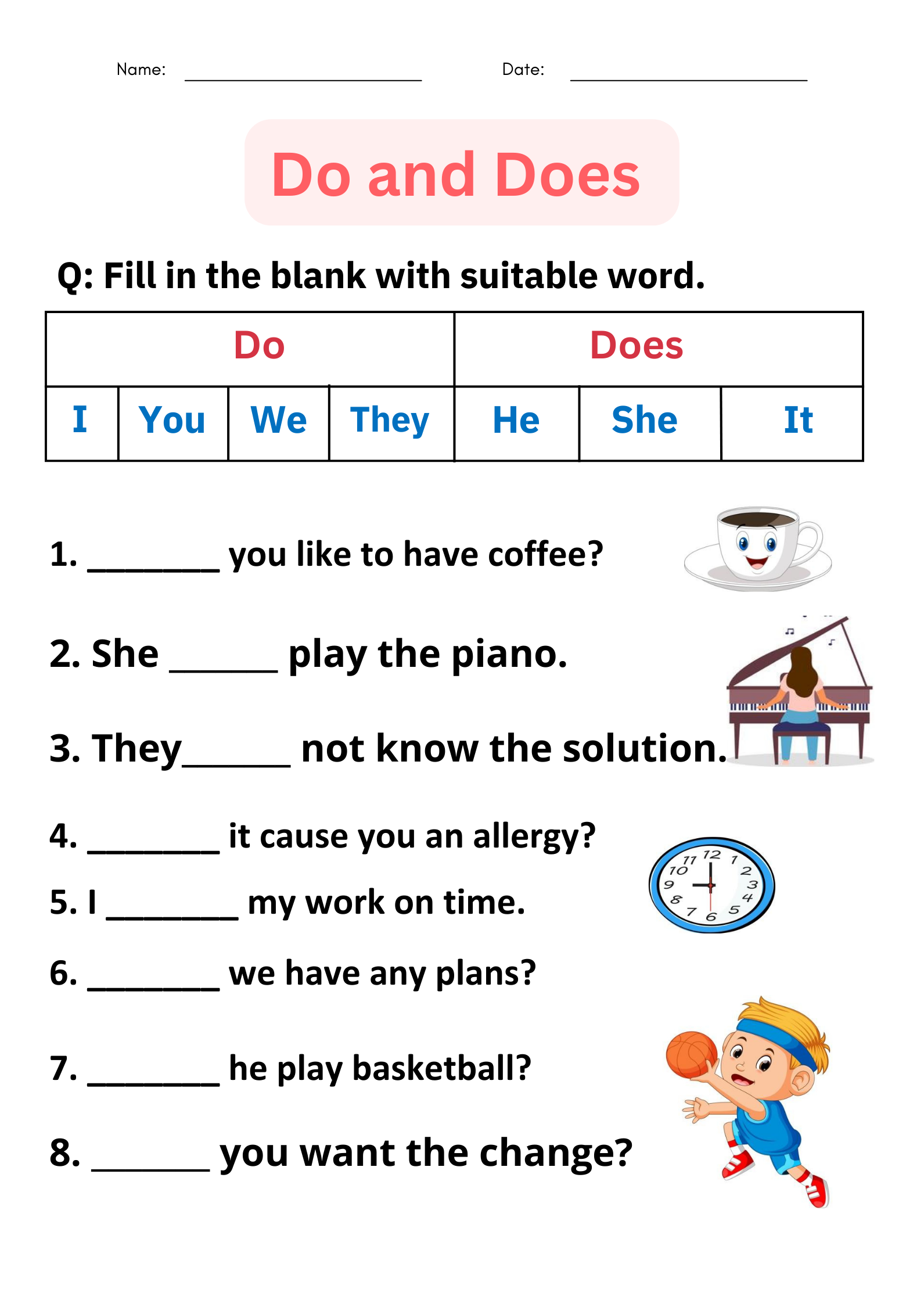Understanding the Four Core Types of Lifestyle: Guidance, Examples, and Practical Steps
Introduction to Lifestyle Types
Every individual develops a unique approach to life, shaped by values, ambitions, and social circumstances. Yet, psychologists and sociologists have identified several broad types of lifestyle that help us understand human behavior and personal growth. Whether you’re seeking to build healthier habits, achieve career success, or find greater social connection, knowing these core types can clarify your strengths, challenges, and opportunities for change. This article explores the four foundational lifestyle categories first articulated by psychologist Alfred Adler-explaining each in detail and providing practical guidance for implementation.
The Four Types of Lifestyle: Adler’s Framework
Alfred Adler, a pioneering psychologist, described four main types of lifestyle based on how people approach life’s problems and interact with others. While these categories are conceptual tools rather than rigid labels, they provide valuable insight into motivations and behaviors. The four types are:

Source: imgbin.com
- The Ruling Type
- The Getting Type
- The Avoiding Type
- The Socially Useful Type
Each type represents a distinct approach to social interaction, responsibility, and personal growth. While most individuals possess traits from multiple types, one style often predominates at a given stage of life [1] .
The Ruling Type
Description: The ruling type is characterized by assertiveness, ambition, and a drive to dominate situations or people. Individuals with this lifestyle often strive to control their environments and may pursue leadership roles or competitive careers. However, their assertiveness can sometimes result in difficulties with empathy or collaboration.
Real-World Example: Consider a business executive who aggressively pursues promotions, seeks recognition, and confidently takes charge of projects. While this can lead to success, it may also result in friction with colleagues if not balanced by social awareness.
How to Identify: If you consistently seek out leadership roles, feel energized by competition, or become frustrated when not in control, you may resonate with this type.

Source: freepik.com
Implementation Steps:
- Reflect on your motivations in work and relationships. Are you driven by a desire to lead or win?
- Consider seeking feedback from peers about collaborative skills and empathy.
- Balance assertiveness by practicing active listening and recognizing others’ contributions.
Potential Challenges: Difficulty in teamwork, tendency to overlook others’ needs, risk of burnout from overexertion.
Alternative Approaches: Engage in coaching or mentorship programs that emphasize emotional intelligence and shared leadership.
The Getting Type
Description: The getting type is marked by dependency, receptiveness, and a tendency to rely on others for support or solutions. Individuals in this category often expect assistance and may avoid taking the initiative, preferring to let others lead or decide.
Real-World Example: A student who consistently asks for help with assignments rather than attempting them independently, or an employee who seeks direct instructions for every task, illustrates this lifestyle.
How to Identify: If you frequently defer to others, seek validation before acting, or struggle to take independent steps, this may reflect elements of the getting type.
Implementation Steps:
- Identify areas where you rely on others and consider small actions you can take independently.
- Set personal goals that require self-starting, such as initiating a conversation or completing a project solo.
- Seek resources on building self-confidence, such as books or workshops on assertiveness.
Potential Challenges: Risk of stagnation, frustration from lack of progress, or becoming overly dependent on others.
Alternative Approaches: Gradually increase autonomy by volunteering for responsibilities and celebrating small successes.
The Avoiding Type
Description: The avoiding type is defined by withdrawal from challenges, reluctance to engage in problem-solving, and a preference for minimizing risks. People with this lifestyle may sidestep difficult situations or avoid making decisions, which can limit growth and fulfillment.
Real-World Example: An adult who postpones important financial decisions or a team member who consistently avoids taking on new tasks represents this lifestyle.
How to Identify: If you often procrastinate, shy away from new experiences, or feel anxious about change, you may identify with the avoiding type.
Implementation Steps:
- Notice patterns of avoidance: What situations trigger withdrawal?
- Set manageable challenges, such as tackling one small task each day that you would usually avoid.
- Consider seeking support from a counselor or coach to address underlying fears.
Potential Challenges: Missed opportunities, increased anxiety, or frustration from unfulfilled goals.
Alternative Approaches: Practice mindfulness and stress management techniques to build resilience and confidence.
The Socially Useful Type
Description: The socially useful type is oriented toward community, cooperation, and constructive engagement with others. Individuals with this lifestyle are proactive, empathetic, and focused on contributing to the greater good. Adler considered this the most “mature” style, as it balances personal goals with social responsibility.
Real-World Example: A volunteer who organizes community events, a manager who mentors their team, or a neighbor who supports local initiatives embodies the socially useful lifestyle.
How to Identify: If you derive satisfaction from helping others, seek collaboration, and feel motivated by group success, you likely exhibit traits of this type.
Implementation Steps:
- Engage in community service or group projects that align with your values.
- Set goals that benefit both yourself and your wider circle (family, friends, colleagues).
- Reflect on how your actions impact others, and seek feedback on your contributions.
Potential Challenges: Overcommitting to others’ needs, difficulty prioritizing personal goals.
Alternative Approaches: Establish boundaries and self-care routines to maintain balance.
Applying Lifestyle Insights in Daily Life
Understanding your dominant lifestyle type can empower you to make more intentional choices, improve relationships, and pursue personal growth. Here are step-by-step strategies to apply these insights:
- Self-Assessment: Reflect on your habits, decision-making patterns, and interpersonal style. Journaling or personality assessments can help clarify your tendencies.
- Goal Setting: Identify areas where your current lifestyle supports or hinders your aspirations. Set specific, measurable goals to address challenges.
- Skill-Building: Pursue resources-such as workshops, online courses, or support groups-that help you develop new strengths. For example, communication training for the ruling type or assertiveness training for the getting type.
- Community Engagement: Find opportunities to connect with others who share your values or complement your strengths. This could be through local organizations, online forums, or professional associations.
- Professional Support: If lifestyle challenges impact your well-being, consider consulting a licensed counselor or coach. They can provide tailored strategies for growth.
If you wish to explore more examples or detailed breakdowns of additional lifestyle categories, you can search for terms such as “lifestyle types psychology” or “lifestyle examples” using reputable educational resources or consult the official Wikipedia entry on Style of Life .
Alternative and Evolving Lifestyle Frameworks
While Adler’s model is foundational, contemporary research recognizes that lifestyle is dynamic and influenced by evolving social, economic, and technological factors. Other frameworks, such as the Values and Lifestyle (VALS) typology, further subdivide lifestyles based on motivations and values-ranging from survival-oriented to achievement-driven or experience-seeking [2] . Exploring these models can offer additional insights and help you refine your personal development plan.
Summary and Key Takeaways
Recognizing the four main types of lifestyle-ruling, getting, avoiding, and socially useful-can help you better understand yourself and others. By reflecting on your dominant style, setting growth goals, and accessing appropriate support, you can move toward a more balanced and fulfilling life. Remember, these categories are tools for reflection and change, not fixed labels. Everyone has the capacity for personal growth and transformation.
References
MORE FROM mumsearch.com













